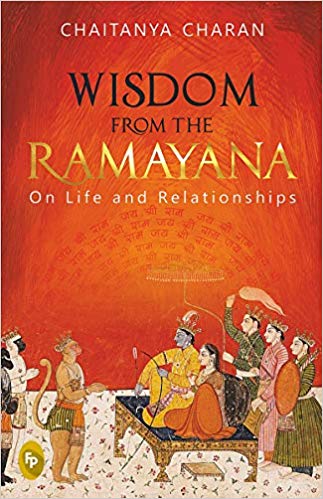No matter how old you are, if you are from India, you can probably recall the first time you heard the story of Rama. The memory could be your grandmother’s voice in a room lit only by a lamp, or a book such as Rajagopalachari’s rendition or the pictures in the Amar Chitra Katha or the televised version. Every Indian household has children who have grown up on the telling of the Ramayana. Even at the first telling we knew it was more than a story—it had the power to inspire, ennoble and instruct. More important, it stayed with us and became part of us. Everyone has his or her own favourite episode or character.
To those with a Humanities background, the idea of many tellings of the Ramayana has never been better captured than in Ramanujan’s essay ‘Three Hundred Ramayanas: Five Examples and Three Thoughts on Translation’ which starts with the memorable lines, ‘How many Ramayanas? Three hundred? Three thousand?’ The epic is indeed one that means different things to different people. Every one of us has his favourite character or event in this glorious epic. Lest we forget, the spell of the Ramayana is not restricted to India but has its versions in many South East Asian countries. Its appeal is universal.
The premise of Chaitanya Charan’s book Wisdom from the Ramayana: On Life and Relationships is that there can be no greater source of inspiration than the life of Rama. The book seeks to help the reader improve his relationships (and his life) with learnings from the Ramayana.

